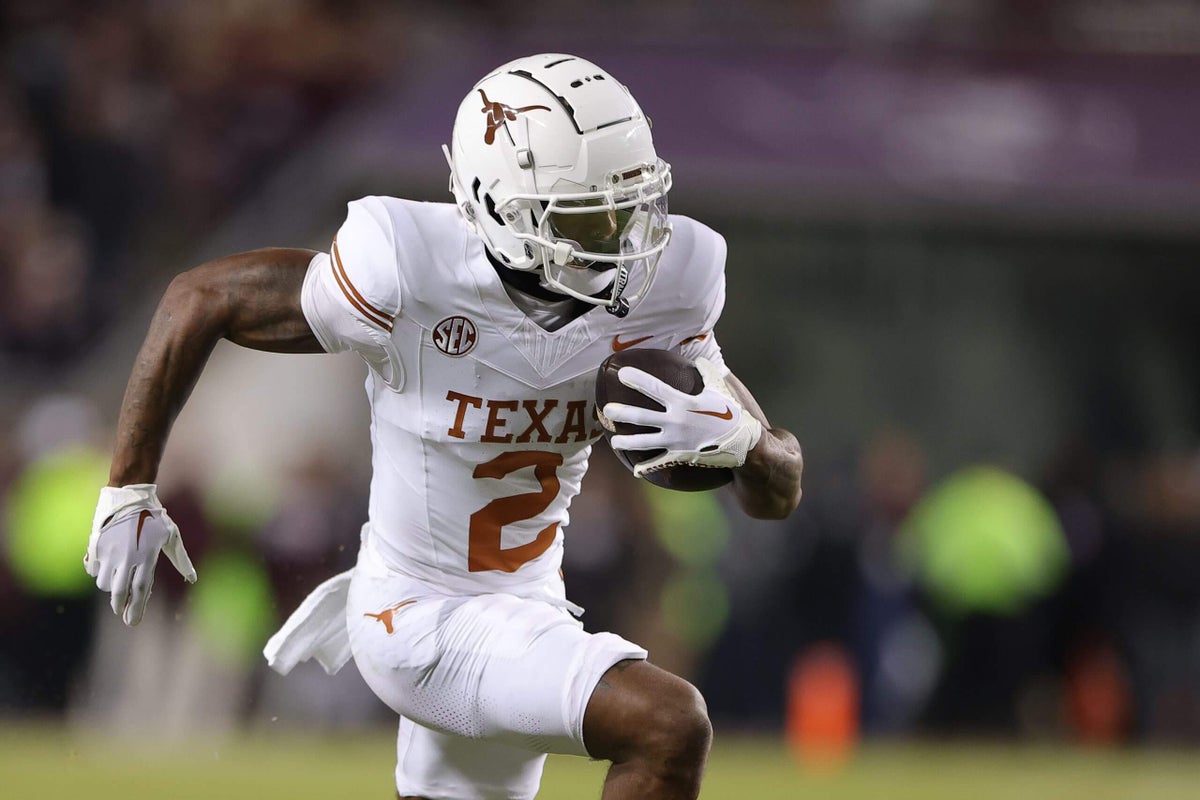

The Packers’ 2025 draft began with fireworks on Thursday night in Green Bay. Longtime team president Mark Murphy, who played an integral role in bringing the draft to town before he reaches his mandatory retirement age of 70 in July, announced in front of a sea of green and gold that they were taking a wide receiver in the first round for the first time since 2002.
Advertisement
The pick was Texas’ Matthew Golden and the crowd erupted.
“It was pretty neat in the room. I can’t imagine what it was like out there,” general manager Brian Gutekunst said. “It was just one of those really special moments for our staff. We had a bunch of people in there and Mark means so much to this organization and so much to each and every one of us that to see that moment … it was pretty cool.”
The Packers think the 5-foot-11 Golden can play both inside and outside and Gutekunst said he doesn’t look at Golden as a “small guy” because of how he’s built. Head coach Matt LaFleur said on the “Pat McAfee Show” Friday that quarterback Jordan Love was “ecstatic” about the pick when the two FaceTimed on Thursday night.
On a team without a clear-cut No. 1 wide receiver, Golden could become just that in the near future.
For the first time since 2020, the Packers used their first three picks on offense — Golden, North Carolina State offensive lineman Anthony Belton and TCU wide receiver Savion Williams — but leaned defense on Day 3 with two edge rushers and an interior defensive lineman to start the day before adding a cornerback and an offensive tackle in the seventh round. Here is the lowdown on Green Bay’s draft — best value pick, most surprising pick, biggest question mark, remaining needs and post-draft outlook — with much more analysis to follow in the coming days.
Best value pick
Is it acceptable to say their first-round pick? Golden seemed a popular pick to the Cowboys at No. 12 in pre-draft mocks, but he “fell” to the Packers at No. 23. The Packers had enticing offers to trade back, Gutekunst said, but they felt strongly enough about Golden and stayed put. The Packers ranked No. 27 in the NFL with 29 drops last season, according to TruMedia, and Gutekunst said the Packers thought Golden had arguably the best hands in the draft. Golden ran a blazing 4.29-second 40-yard dash at the combine, second-fastest in the draft behind Kentucky cornerback Maxwell Hairston’s 4.28, but he explained his game is more than just speed as a route runner.
Advertisement
“I definitely understand the game so well to where I can tempo my routes so I don’t have to run full speed and I just know where my breaking points need to be wherever the defender is,” Golden said. “I got a lot in my game. I could play inside, play out. I could also take the top off, so whatever the team needs me to do, I’m definitely that guy they need to do that.”
You probably don’t draft a wide receiver in the first round for him to split targets with four others for too long. Whether it’s four weeks, eight weeks or a full season into his career, Golden should be the Packers’ next bonafide No. 1 receiver on a team with just a couple of solid role players at the position. To get a player like that at No. 23 and not have to trade up can certainly be considered good value.
Most surprising pick
The Packers didn’t make a downright stunning selection, but it came as a mild surprise that they took two wide receivers in their first three picks. Golden hardly came as a surprise, but the selection of Williams took some extra thinking to make sense of. Green Bay already had a seemingly deep wide receiver room with Golden, Romeo Doubs, Jayden Reed, Dontayvion Wicks and Christian Watson once he returns from ACL rehab in the second half of the season, but the 6-foot-4, 222-pound Williams offers an intriguing physical profile for a gadget piece out of the backfield. He took 84 snaps last season as a running back or wildcat quarterback, but the Packers view him as a wide receiver who can do plenty more than just run far (4.48 speed) and use his hulking frame to haul in contested catches.
“He’s played inside out of the slot. He can play outside. He’s so good in the red zone,” Gutekunst said of Williams. “I just think he’s really versatile. And you know we talked about Matthew last night, too, and we feel he can do both, as well, and both guys have return ability. So it’s just, receivers that can do things with the ball in their hands is very important to us and both of these guys can do that.”
Biggest question mark
Will Jaire Alexander be a Packer next season? That has been the biggest question surrounding the team since the season ended in January and it still is in late April. Gutekunst hasn’t offered much insight into the situation over the last couple of months, only making clear that they’re open to trading the two-time All-Pro cornerback, are trying to do what’s best for both sides and view Alexander as a darn good football player when healthy. He hasn’t been, however, only playing in 16 of a potential 37 games the last two seasons due to four different injuries and a one-game suspension.
Advertisement
Asked about Alexander on Monday, Gutekunst said he’d see how the draft goes. He didn’t explicitly say that if the Packers drafted a cornerback early that Alexander’s chances of returning would decrease, but that could be a fair assumption. They didn’t, only adding seventh-round Tulane cornerback Micah Robinson at the position, and now it makes even more sense for the team to keep Alexander despite his price tag (third-highest cap hit on the team for 2025) and questionable health. Whether they do, and roll out a top four at cornerback of Alexander, Keisean Nixon, Nate Hobbs and Carrington Valentine, remains to be seen.
Remaining needs
The Packers assembled their roster in seasons prior and before the 2025 draft so as not to have glaring needs entering Thursday, even if several positions still needed addressing. They bolstered their wide receiver room with Golden and Williams for both the present and future, the latter of which was important with Watson, Doubs, Reed and Wicks set to be unrestricted free agents over the next two offseasons. Maybe Gutekunst truly believes in his returning pass rushers, but he added depth and competition to a room that needs improvement with Texas edge Barryn Sorrell and Oklahoma State edge Collin Oliver. The Packers’ offensive line needed better depth and Belton provides it at multiple positions. They also addressed the need for cornerback depth after losing Eric Stokes, Corey Ballentine and Robert Rochell in free agency with the selection of Robinson in the seventh round. The Packers certainly don’t have the best roster in the NFC or even the NFC North on paper, but you can’t say they haven’t addressed their positions of need this offseason.
Post-draft outlook
Despite Gutekunst feeling “really good” about his roster entering the draft and the Packers taking a couple players who could make immediate impacts as role players, it’s hard to see how they’ve closed the gap between them and the Eagles and Lions, who they went 0-4 against last season (the Vikings are a question because of their quarterback change from Sam Darnold to J.J. McCarthy). The Packers will stick to their guns and rely on internal improvements from players like defensive end Lukas Van Ness, tight end Luke Musgrave and Wicks, unless, of course, they do something out of the blue like trade for Bengals All-Pro pass rusher Trey Hendrickson. Having Love at full health is a helpful first step to playing better as a team in 2025, so maybe that does wonders early in the season for a squad that didn’t have its starting quarterback practicing in full until midway through the year.
(Photo of Matthew Golden: Alex Slitz / Getty Images)
This news was originally published on this post .




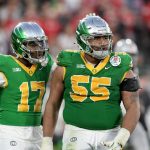
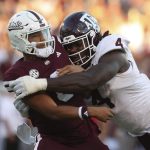
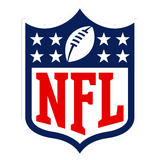

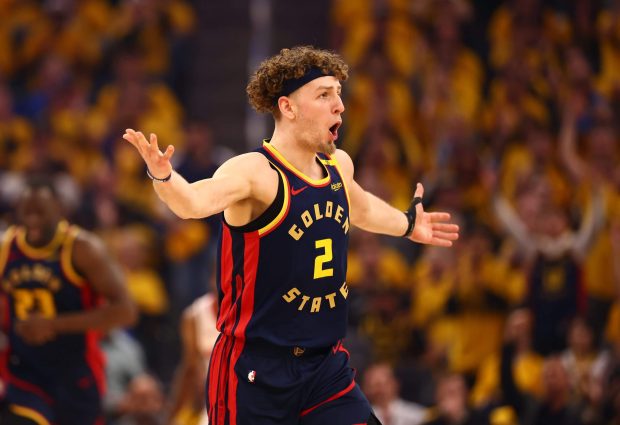
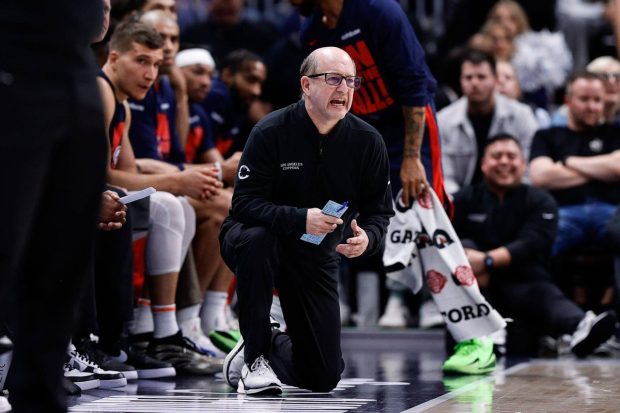
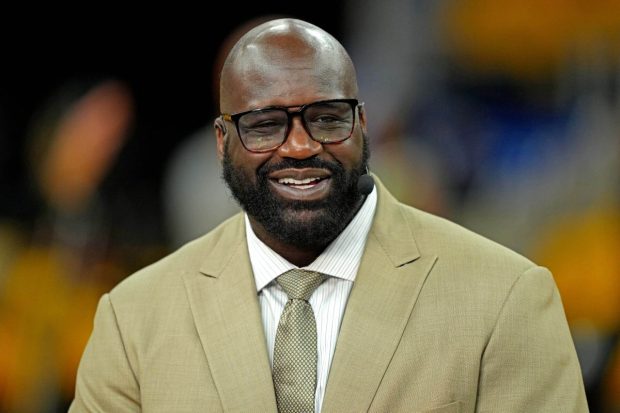
Be the first to leave a comment